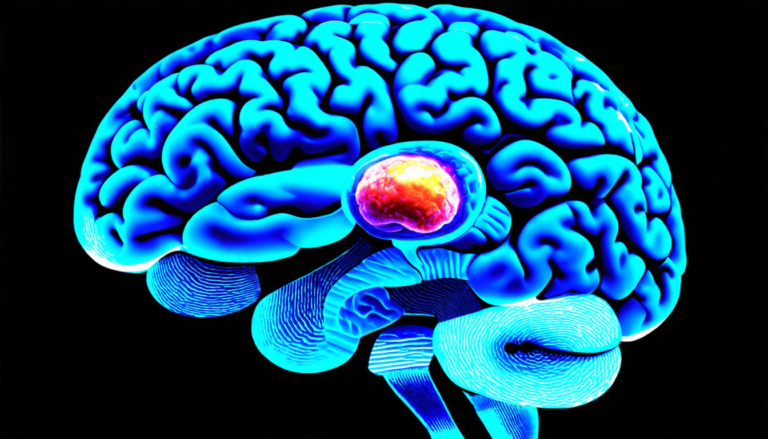Thursday 10 April 2025
In the world of cell biology, tracking individual cells over time is crucial for understanding how they grow, divide, and respond to their environment. However, this task is much easier said than done – especially when dealing with high-throughput imaging data that can contain thousands of cells moving across multiple frames.
To tackle this challenge, researchers have been relying on machine learning algorithms to automatically track cells. But these methods often struggle with uncertainty, producing tracking results that are either overly confident or completely wrong. This lack of confidence can lead to errors in downstream analysis and a deeper understanding of cellular behavior.
A new paper published in Bioinformatics proposes a solution to this problem by incorporating uncertainty estimation into cell tracking algorithms. The researchers developed a framework that uses Bayesian methods to calculate the probability of each possible cell assignment, allowing for more accurate and reliable tracking results.
The approach works by treating cell tracking as a linear assignment problem, where cells are matched across frames based on their features such as position, shape, and intensity. The algorithm then calculates the likelihood of each possible assignment using a probabilistic model that takes into account the uncertainty in the data.
To evaluate the effectiveness of this method, the researchers tested it on several publicly available datasets from various cell types and imaging modalities. They found that their approach significantly outperformed traditional machine learning-based tracking methods in terms of accuracy and confidence.
One of the key benefits of this framework is its ability to handle ambiguity in cell assignments. In high-throughput imaging data, cells can move across frame borders or undergo division, making it difficult for algorithms to determine which cell corresponds to which frame. The Bayesian approach allows the algorithm to account for these ambiguities by estimating the probability of each possible assignment.
The researchers also explored the use of temperature scaling, a technique that adjusts the confidence in tracking results based on their uncertainty. This allowed them to improve the accuracy and reliability of the tracking results even further.
The implications of this work are significant for cell biologists and biomedical researchers who rely on high-throughput imaging data to study cellular behavior. By providing more accurate and reliable tracking results, this framework can enable a deeper understanding of cellular processes and help identify potential therapeutic targets.
In addition to its scientific significance, the paper highlights the importance of incorporating uncertainty estimation into machine learning algorithms. As we continue to develop more complex models and systems, it’s crucial that we prioritize robustness and confidence in our results.
Cite this article: “Unlocking Uncertainty: A Novel Approach to Cell Tracking with Deep Learning”, The Science Archive, 2025.
Cell Tracking, Machine Learning, Bayesian Methods, Uncertainty Estimation, Cell Biology, High-Throughput Imaging, Linear Assignment Problem, Probabilistic Model, Accuracy, Confidence.







